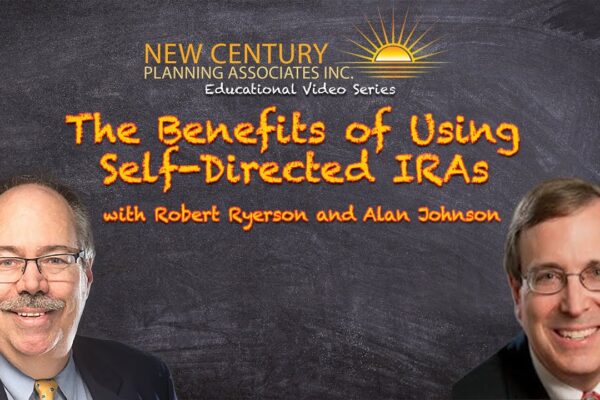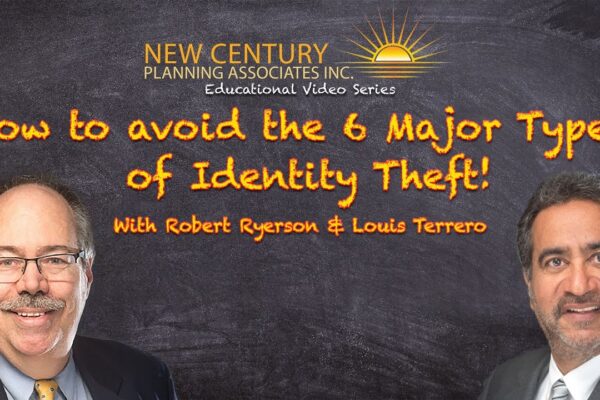4 Easy Steps You Need to Know to Save for Retirement
Retirement planning is a long process, and it can be intimidating for many people. The vast majority of workers, in fact, have not taken even the most basic first steps to begin planning for their eventual retirement. However, the process can be more straightforward than you think. There are a few easy steps you can take today to put yourself on the road toward a successful retirement that will allow you to live the lifestyle you want in your later years. Keep these planning steps in mind and watch out for a few pitfalls, and you can have the retirement you’ve always wanted.
Know the Purpose of Your Retirement Plan
 Many think of retirement planning as synonymous with just one major goal: saving. Though building up your savings is certainly crucial, that shouldn’t be the only goal of a retirement plan. More broadly, your retirement plan should help you establish consistent revenue streams that will carry you through retirement without running out of funds. Ideally, that amount should be enough to maintain your lifestyle as is, without significant cutbacks, and supply you with enough money to offset unexpected expenses, whether they’re medical (such as a surprise surgery bill) or family-related (for example, helping a child financially while they are going through a divorce).
Many think of retirement planning as synonymous with just one major goal: saving. Though building up your savings is certainly crucial, that shouldn’t be the only goal of a retirement plan. More broadly, your retirement plan should help you establish consistent revenue streams that will carry you through retirement without running out of funds. Ideally, that amount should be enough to maintain your lifestyle as is, without significant cutbacks, and supply you with enough money to offset unexpected expenses, whether they’re medical (such as a surprise surgery bill) or family-related (for example, helping a child financially while they are going through a divorce).
 How Much Will You Need?
How Much Will You Need?
To determine how much you’ll need to retire comfortably, it can be helpful to calculate your monthly expenses, then add more to account for expenses that occur less frequently or irregularly—such as replacing an appliance, buying new tires for your car, and so on. If you’re younger and not yet approaching retirement age, you can use a simple rule of thumb and assume that you’ll likely need about 80% of your pre-retirement income to maintain your current lifestyle. However, consider that this may not hold true for every person. If you want to change your lifestyle during retirement, that may also require you to change your plan. Keep in mind your travel plans and family expenses, and be sure to consider medical expenses, as they are a frequently overlooked aspect of retirement planning for many.
As you get closer to retirement age, it’s helpful to track and record your monthly expenses to get a better idea of what you actually need. Retirement planning is not a once-and-done process. Your progress toward your goals and your plan itself should be reassessed throughout your life, from the time you begin saving right up until you start drawing your first retirement benefits. Any time your financial status changes significantly—for example, if you get a major raise, experience a divorce, have a child, or receive an inheritance—is also a good time to reassess your retirement plan.
Determine Your Sources of Income
Once you have a basic idea of the lifestyle you’d like to have during retirement and you have an approximate estimate of expenses, the next step is to look at all of your potential income streams to make sure you have enough. These include things like distributions from your retirement savings accounts (like 401(k)s or IRAs), pensions, Social Security benefits, annuities, and equity in your home. Though you might think of retirement as a time when you never have to work again, many retirees find it prudent to take on a small part-time job, and some even enjoy the change of pace and the chance to work again.
Another benefit of continuing to work after retirement is that it can help you stretch your money even further—it both reduces the number of years you’ll have to rely on your savings and gives your investments more time to grow before you start making withdrawals. A part-time job may also provide the cushion you need to delay claiming your Social Security benefit for a few years. This can be a good strategy for some people, since your benefit will increase each year you wait to claim it past your full retirement age, up until you reach age 70.
 Don’t Forget Your Estate Plan
Don’t Forget Your Estate Plan
Estate planning is a separate aspect of retirement planning that is sometimes overlooked, and it typically requires expertise from different types of professionals, like lawyers or accountants. Your estate plan can help prevent those in your family from experiencing any financial hardships after your death and ensures that your assets are distributed in the way you want. This process also generally involves your life insurance plan and some tax planning. For example, if you want to leave certain assets to charity or your family members, there are tax implications involved. A professional experienced in estate planning can help you determine if it would be best to distribute assets as a gift or through the estate process.
It is never too early to start creating a retirement plan. In fact, many experts will tell you the earlier you begin planning, the better. With a plan in place, you can approach your retirement with confidence, not stress and worry, knowing that your needs and those of your family will be met.
Author
Robert Ryerson
Although Robert M. Ryerson completed all the necessary requirements to earn bachelor of arts degrees in both English and economics at Rutgers University, college policy at the time prohibited the issuance of dual degrees. As a result, he graduated from Rutgers with a single bachelor of arts in economics before finding employment as a stockbroker with Shearson Lehman American Express in New York City 1984. Robert M. Ryerson has since established himself as a respected estate administrator and legacy planner. In addition to his economics degree from Rutgers, Mr. Ryerson holds several professional designations including Retirement Income Certified Professional (RICP)®; Certified In Long Term Care (CLTC)®; Certified Financial Fiduciary (CFF)®, and Certified Identity Theft Risk Magenament Specialist (CITRMS)®. He has shared his knowledge on the subject of identity theft as the author of the book What’s The Deal With Identity Theft?: A Plain-English Look at Our Fastest Growing Crime. He has also covered identity theft issues directly for students as the instructor of the adult education course Understanding Identity Theft: Our Fastest Growing Crime.






